THE menace of terrorism which symbolises the use or threat of use of violence or an unusual strategy to achieve certain goals, has become a contagious world-wide problem. Though it is condemned by all the quarters and rejected as well, yet, it persists in a brutal and inhuman form. It is no longer an isolated event of socially delinquent elements but is ably aided and abetted by easy availability of small weapons, rendered ‘useless’ by conclusion of conflicts in Vietnam, Middle East, Afghanistan,Iraq etc. After proving their worth and lethal power in the guerrilla warfare in EI Salvador, Nicaragua, Lebanon, Ireland, Palestine, Afghanistan and Sri Lanka, small arms are being made easily and cheaply available in Singapore, Bangladesh and hundreds of shops located along the Pakistan-Afghanistan border, particularly in Swat Valley and Dara Adamkhel area near Peshawar. In addition to procuring small arms from such accessible locations, terrorists have been in a position to establish a strong communication link through the mobile and satellite phones, internet etc. These undoubtedly facilitate the process of forging links with the informers, the fellow-terrorists and criminal gangs active in other parts of the world.
Small and light weapons-guns, pistols, revolvers and shotguns, fired at short ranges, have been proliferating rapidly in an illicit fashion in the last fifty or sixty years. According to an estimate, about 750 million small weapons have become primary weapons for the criminals, guerrillas, terrorists, Left Wing Extremists as also the smugglers. New developments in science and technology and communication have led to up gradation of military and armament technology. The terrorists, because of their world-wide access and networking, coupled with plethora of funds emanating from drug-trafficking and money laundering, have been in a position to get hold of the latest weapons and technology.
Though small weapons are less destructive in comparison to the conventional ones, yet, they have proved effective and more lethal in perpetrating violence due to their light weight, portability, simplicity in use, low cost, and above all, increasing lethality. The technology of small arms has been improving day by day. Many of these weapons can be dismantled and reassembled even by the teenagers. No wonder, the wars sustained by the light weapons have taken a heavy toll of life, apart from causing grievous injuries to people and destruction of property worth millions of Dollars.
Over the years, India has remained a prime victim of Pak-sponsored small weapons trafficking. This phenomenon has been witnessed without any break in addition to the State-sponsored terrorism aided by them, first in Punjab and later in Jammu & Kashmir. Off and on, innumerable soft and vulnerable targets are hit either serially or simultaneously in the metropolitan centres. Although militancy in Punjab has been eliminated, the Pak ISI continues to provide sanctuary to the leftover Sikh militant leaders even outside Pakistan (Nepal and Bangladesh), with a view to revive and sustain militancy. At the same time, systematic training in the use of small arms and weapons on a massive scale to the misguided Kashmiri youth at the specially set-up training camps (more than 50 in number) has been a key feature of the support extended almost religiously by Pakistan. Mainly due to proliferation of small arms and ammunitions, in the State of Punjab alone, more than 12,000 innocent civilians and 1,700 security personnel were killed. Similarly, in Jammu & Kashmir, more than 8000 civilians and approximately 2,000 security personnel have lost their lives, as of now. In addition, a number of helpless civilians have been kidnapped, taken hostage and tortured. Latest naked manifestation of intimidation caused by the small arms was the hijacking of an Indian Airlines plane, which led to 155 passengers being held in captivity in most inhuman conditions for a week, apart from the cold-blooded murder of one of the innocent passengers.
A huge quantity of small arms and ammunition smuggled into the country from across the borders has been recovered by the security agencies. In the State of Jammu & Kashmir alone, more than 7,500 pistols and revolvers, about 2,500 pistol/revolver magazines and not less than 28,000 rounds of ammunition for such weapons have been seized during the last decade. This goes on to show the astonishing level of up gradation of weapons in the hands of militants. The militants hiding in the country, continue to upgrade their weapons with the passage of time with the connivance of and the assistance they receive from the smugglers and infiltrators operating along the Indo-Pak and Indo-Nepal borders.
There is an urgent need to work for checking the flow of small arms by resorting to bilateral as also multilateral efforts. An unilateral approach may perhaps prove meaningless and ineffective in checking a phenomenon which has increased drastically in scale and scope. This is a phenomenon which has nearly replaced the conventional warfare and is fast emerging as a means of surrogate warfare. At the regional level, a beginning has already been made in the form of adoption of a Convention by the Latin American countries and circulation of a draft Convention against illicit trafficking in small firearms by India at a SAARC Summit in September 1997. Further, debate on the draft Convention needs to be carried forward, keeping in view the spirit of SAARC Convention on Prevention and Suppression of Terrorism adopted in 1987. The South Asian nations must realise that the unhealthy growth of small arms is not only detrimental to India’s Security but it will hit all of them also, in the long run, thus leaving an adverse impact on the security scenario of the entire South Asian region. Strong and effective measures, therefore, need to be taken against the illegal possession and trafficking in small arms by the countries of the region by carrying out suitable amendments in the relevant legislations. Regular exchange of information pertaining to the smugglers indulging in small arms and drug trafficking, is also very much called for.
At the global level, India has played a leading role in evolving a consensus adopted by the Non-aligned nations against terrorism and small arms proliferation. The NAM Summit held at Durban had also reaffirmed that all the member-States have an obligation to refrain from organising and assisting or participating in terrorist acts in the territory of other States. India has also proposed a Comprehensive International Convention against Terrorism. The 53rd General Assembly Session of the UN has agreed that a negotiation on such a Convention should be taken up on a priority. In not too distant past, G-7 nations had also announced their priority to fight terrorism.
A number of bilateral agreements on the question of terrorism have been signed, many are under consideration and many may be in the offing. However, in order to combat seriously a global problem, an unanimous global strategy would be necessary. All the double standards have to go. There has to be a determined and popular awareness campaign against the terrorists, smugglers, arms traffickers and money launderers. Not only conventions need to be adopted but measures of their implementation have to be also effective. There has to be a quick enactment of the enabling legislations and a continuous cooperation among all the Governments with regard to sharing of experiences and intelligence in combating terrorism and trafficking in small arms, drugs, narcotics and psychotropic substances.
Saturday, June 27, 2009
Subscribe to:
Post Comments (Atom)


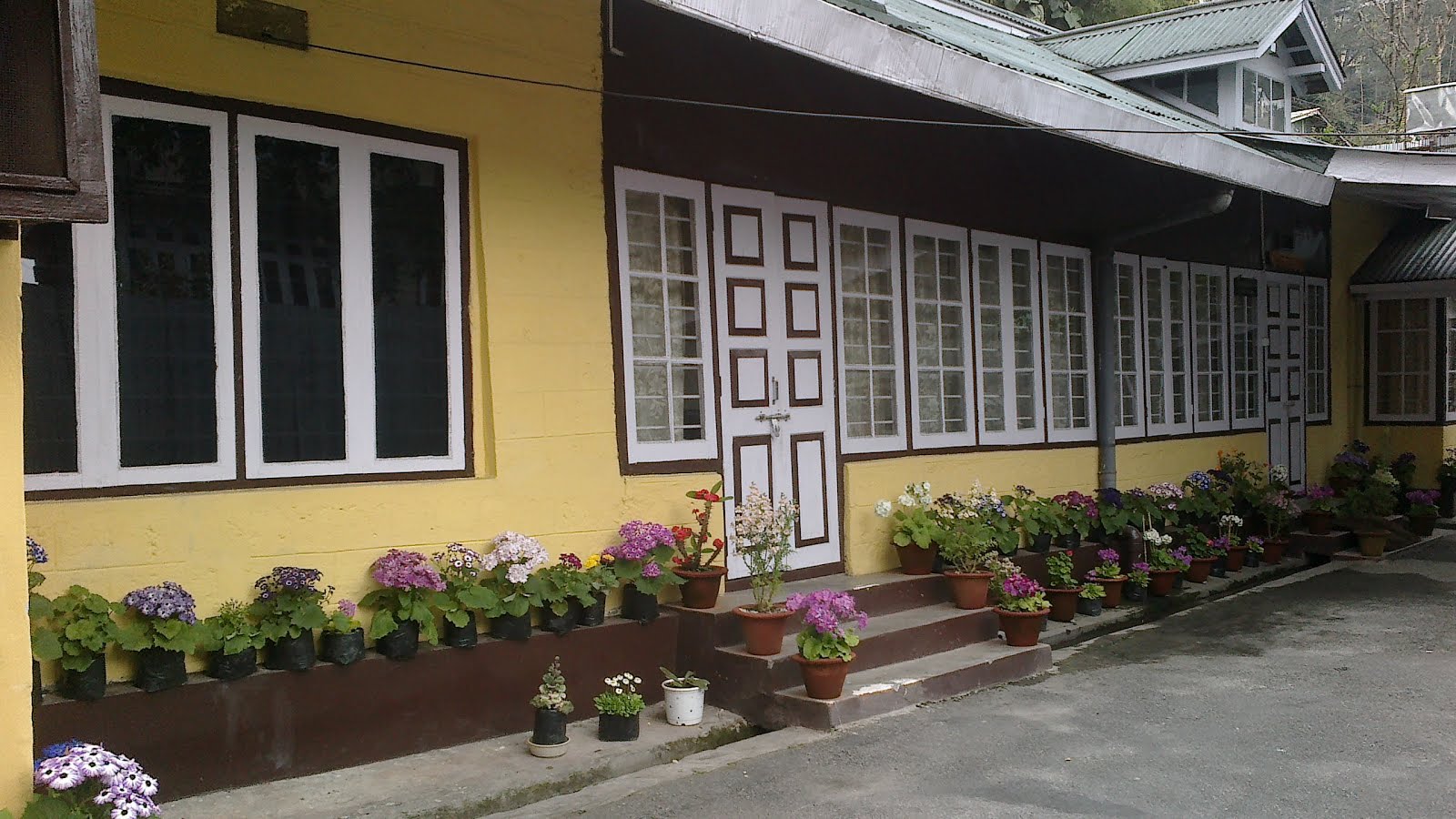
























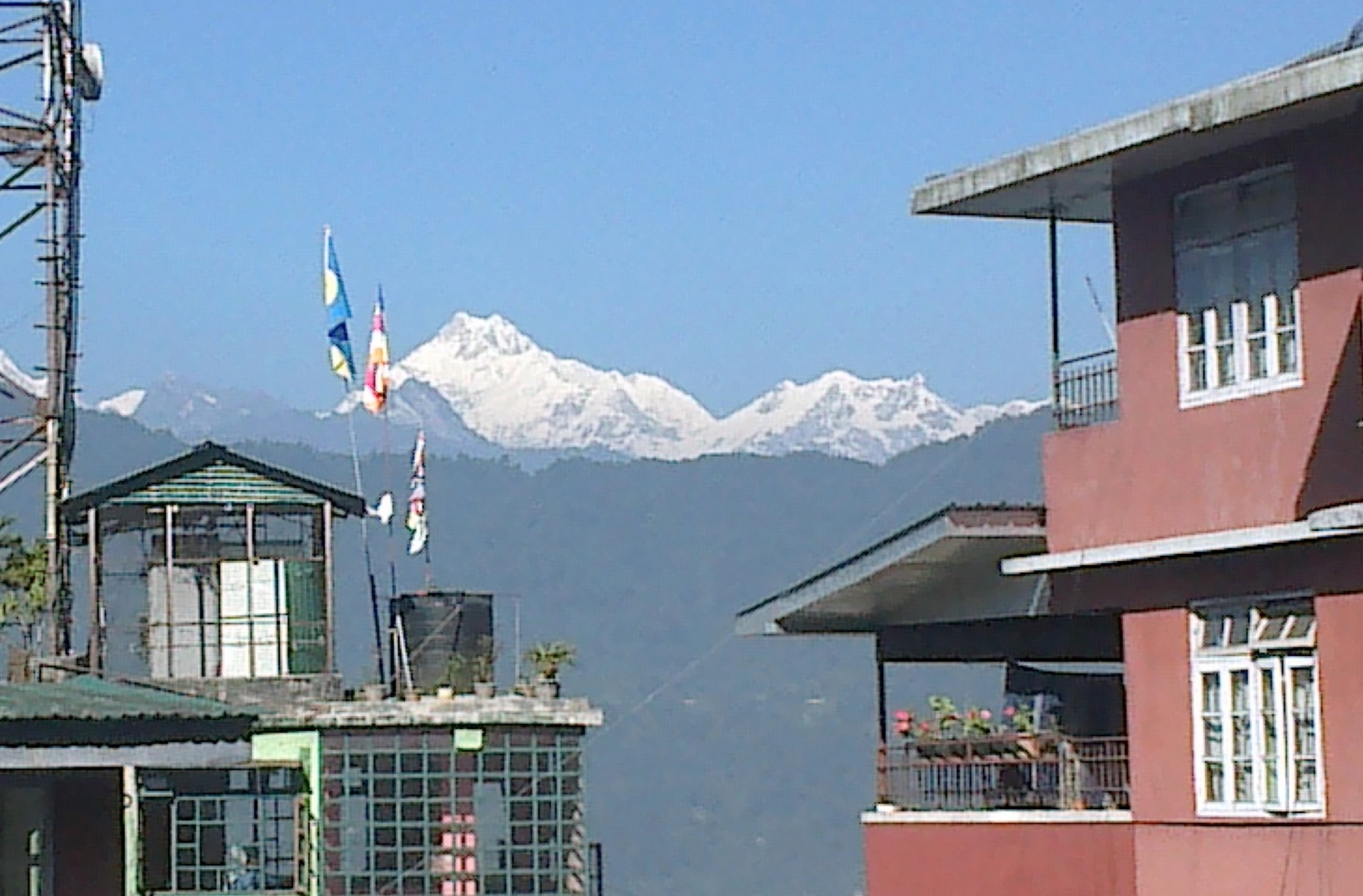














































































































































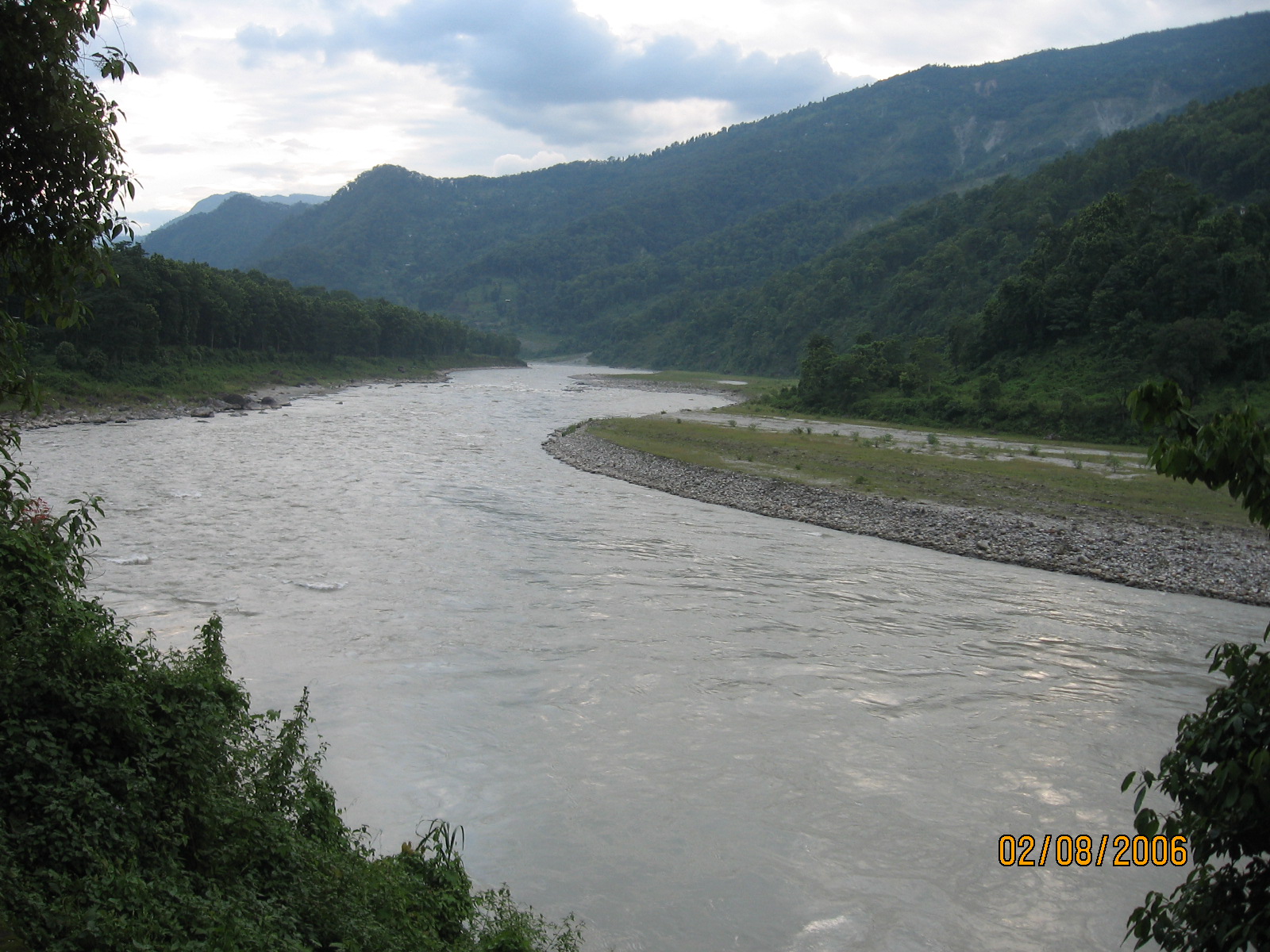


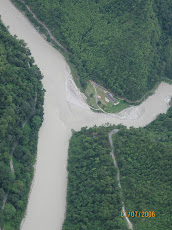
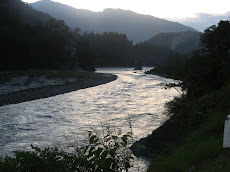
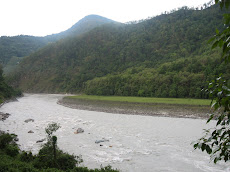
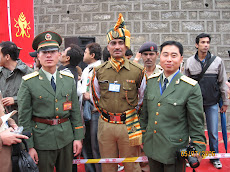
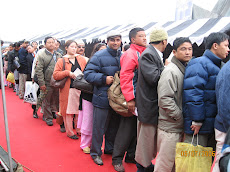
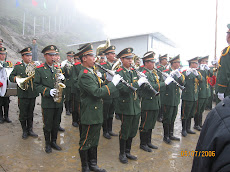


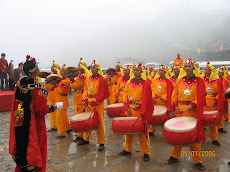
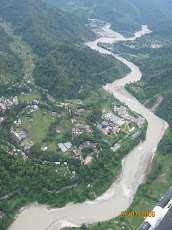




















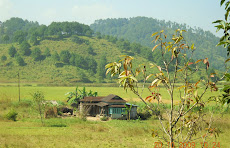
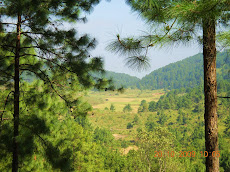








.jpg)








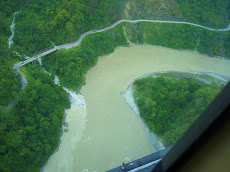









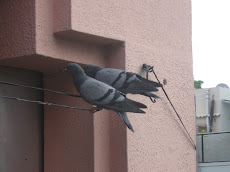


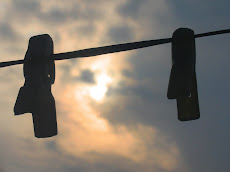









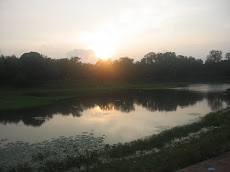



























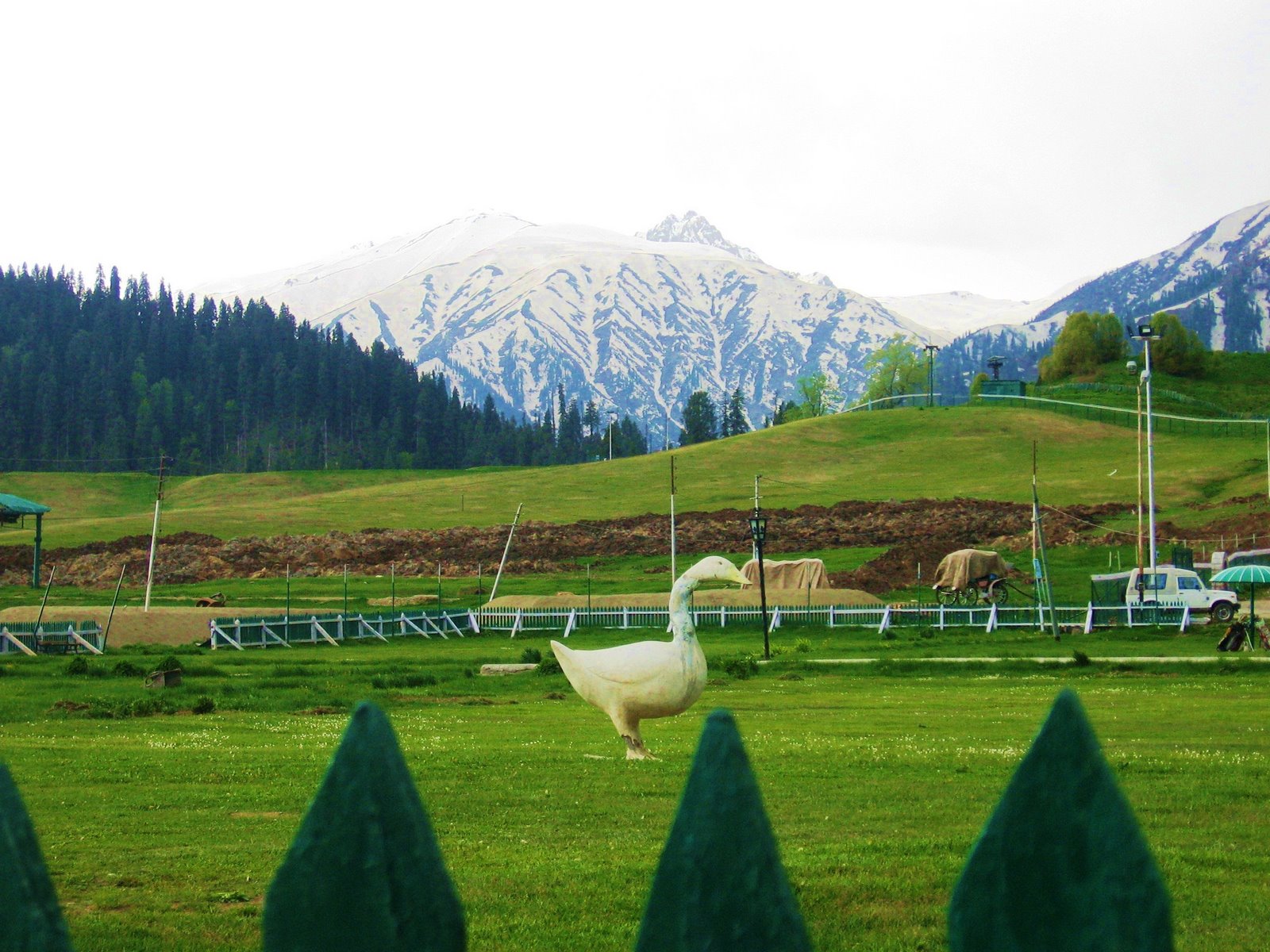
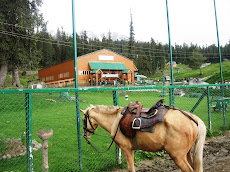
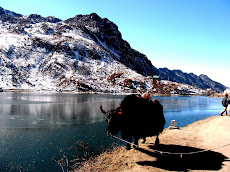








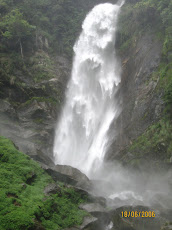



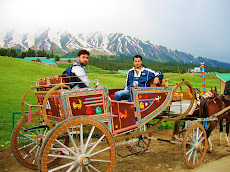






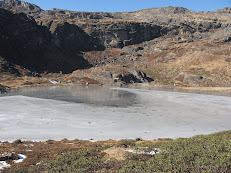

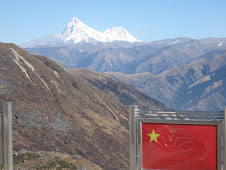



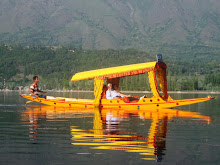
1 comment:
In India one should think for his only bread and defence. One should
learn form small country Sweden.
How strong they are individually.
They donot think for others and keep
their defence very strong.
Amod
Post a Comment